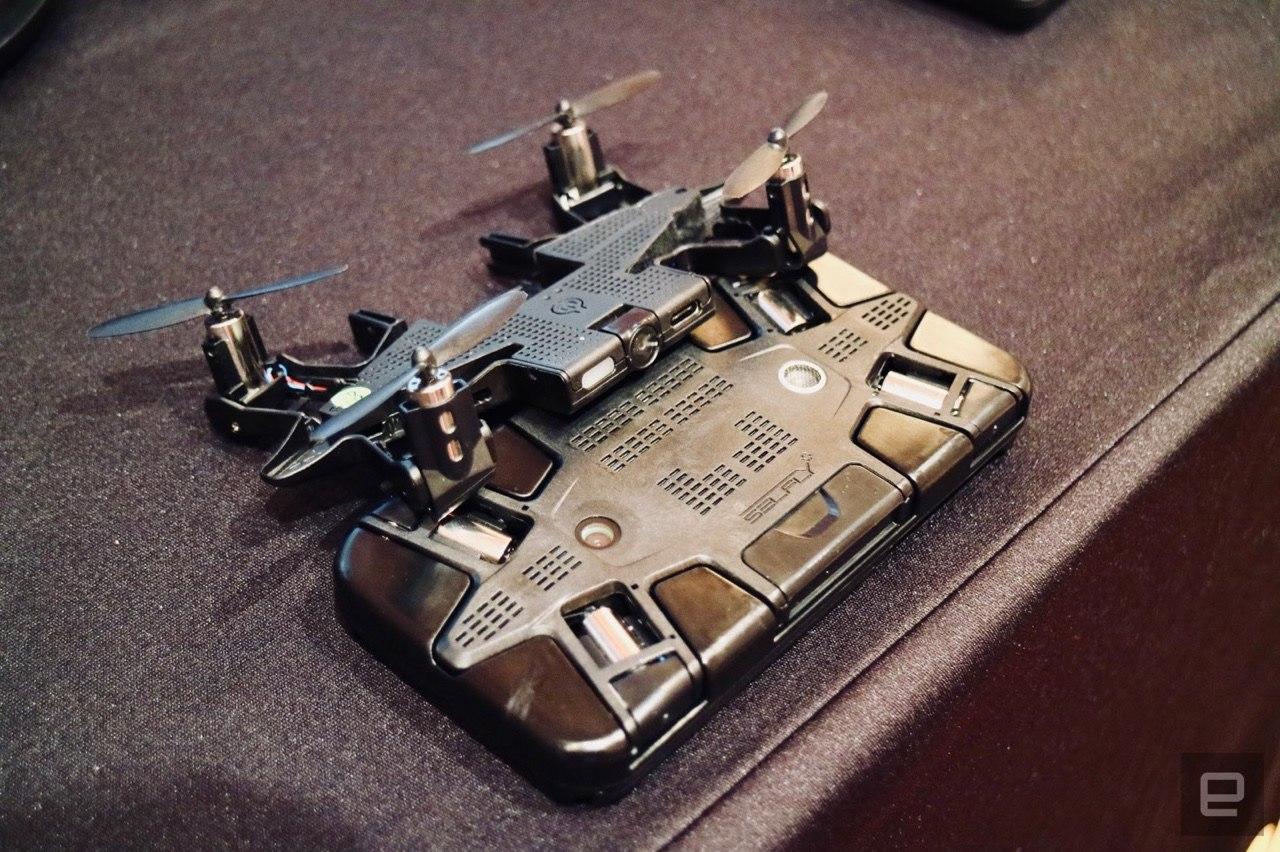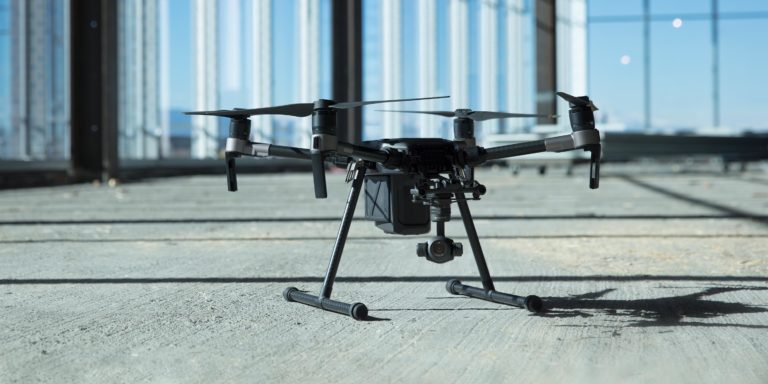
The U.S. Army uses unmanned aerial vehicles such as the Hunter to gather intelligence and target hostile forces. This drone, which has been combat proven, is currently in service since 1995. The Republic of Macedonia was the first deployment. In its 7-month operational span, the Hunter flew over four thousand hours. Its significant operational success in Kosovo led to the resumption of production. It was also deployed to Iraq to be used against ISIS using Viper Strike Munitions.
MQ-5B Hunter
The MQ-5B Hunter (or MQ-5B) is an advanced version. The MQ-5B Hunter features twin tail-boom designs, heavy-fuel engines and weapons-capable hard ports. The MQ-5B Hunter can fly at 22,000 ft and has a take-off mass of 1800 pounds. The MQ-5B Hunter can carry out missions lasting up to 15 hours. This aircraft is capable of carrying two Viper Strike guided explosions. It can also be controlled by Hunter aircraft via a relay mode. It can also fly up to 80 miles, making this aircraft ideal for scouting missions.
The MQ-5B Hunter is equipped with the most advanced DoD UAV avionics. It includes a PC based mission computer, an APU (auxiliary power distribution unit), GPS units and a Litton RN-251 inertial navigator system. The aircraft's advanced electronic avionics system allows it to reduce its weight and size as well as power consumption. It is capable to execute multiple missions simultaneously.
RQ-5A Endurance Hunter E-Hunter
The Endurance Hunter (E-Hunter), a tactical unmanned air vehicle, is called the Endurance Hunter. Its inaugural flight was conducted on March 17, 2005. This aircraft was developed in collaboration between Northrop Grumman USA and the US Army. Its mission is extend the endurance, payload capability and range of Hunter UAVs. It will be offered as a field-installable kit. Currently, there are about 50 Endurance Hunter RQ-5As in service.

The Hunter is capable carrying Northrop Grumman’s BAT-submunition. This weapon has decimated an MBT Combat Vehicle and incapacitated the moving T72 tank. The Hunter was also able to successfully carry the Viper Strike precision munition. It has a 1.8kg (4lb) warhead as well as a semi-active laser seekers. It is a fixed-wing dual-rudder aircraft, with a six-hour endurance rating. Additionally, it has a flight duration of more than 100hrs. The RQ-5A's propellers are two Passaggio Guzzi diesel engines, each producing 60hp.
Army One System: Ground Control Station
The Army is working towards a universal ground control system for unmanned aircraft vehicles (UAVs). It's becoming possible to buy hundreds of inexpensive, high-performance UAVs from many manufacturers to have complete aerial coverage of the battlefield. Every UAV is unique and has its own controllers, vehicle, receiver, screen, and screen. Army has created a new program called One System. One System ground command is a first step in that direction. This Spotlight article focuses on One System's current reach and future technology initiatives.
One System was originally created for the Textron RQ-7 Shadow TUAS. However, it's now capable of supporting multiple UAVs, including the Northrop Grumman RQ-5 Hunter. It can also support the RQ-2 Pioneer UAV and AAI Aerosonde UAV, as well the RQ-8 Fire Scout Helicopter UAV. Both the One System ground control station (and the ground control station) run on Windows and Sun Solaris systems. They communicate via an analog datalink as well as a directional antenna.
Viper Strike anti–armor munitions integration
Northrop Grumman announced the award of multiple GBU-44/E Viper Strike antiarmor unmanned aerial vehicles. These munitions can be fitted to KC-130J Harvest Hawks. To increase its effectiveness against time-sensitive enemies, the latest software load will be used. Viper Strike is a GPS assisted laser-guided version of the BAT munition.

Viper Strike anti-armor armour is a gliding weapon capable of precision stand-off attacks. It employs a GPS-aided navigation system and semi-active laser seeker for a precise strike and low collateral damage in urban areas. It has proved effective against a variety target and is an option for a Hunter UAV.
FAQ
What drone is the best for beginners?
The DJI Phantom 2 Vision+ drone is a popular choice for beginners. The DJI Phantom 2 Vision+ comes with a 4K camera that allows you to capture high-quality aerial shots and videos. The drone's GPS system allows you to navigate easily.
What is the law on drones flying over private property?
New rules have been issued by the FAA for commercial drone flying. These rules apply to UAVs with a weight less than 55lbs and that fly at a height of below 400 feet from the ground. Commercial operators must register at the FAA and apply for a license. They also need permission from local authorities when operating near airports or other restricted areas.
What is the difference in a quadcopter from a hexacopter.
A quadcopter, a four-rotor helicopter, flies just like a helicopter. It has four rotors which rotate independently. A quadcopter has four rotors. The hexacopter has six. Hexacopters offer more maneuverability and stability than quadcopters.
Which US states make drones legal?
A drone can be legally operated for recreational purposes. The Federal Aviation Administration (FAA), has established guidelines that allow the use of small unmanned aircraft systems (UASs). These UASs have to be registered with FAA before they are allowed to fly. These UASs can also be flown by commercial operators if they are allowed to fly under certain conditions.
Statistics
- With the top 10% making over $100/h and the bottom 10% making as low as $10/h. (dronesgator.com)
- Research and Markets predict a growth rate of 51.1% over the next five years. (thedroneu.com)
- According to Indeed, a drone pilot gets paid $25.73 per hour on average in the US. (dronesgator.com)
External Links
How To
How can I clean my drone?
Before cleaning your drone, here are some tips. This guide will help you make sure that you get the most out of your drone.
-
You should have the right tools. Be sure to have everything you require before you begin any task. A soft toothbrush (or a toothbrush), and a cleaning solution (we recommend using WD40).
-
Take out the battery pack. First, remove the battery pack from your drone's bottom. The battery is usually located under the propeller. Don't be alarmed if it's not obvious. You should be careful to not lose any screws in the process of removing the propeller.
-
Remove all components. Next, you'll need to carefully remove all of the parts from the underside of your drone. Be sure to secure all parts securely, or they could come off as you clean the drone.
-
Use a cleaning solution. Now, clean your drone. We recommend that you use WD40 as a cleaning agent before doing this. Spray the entire surface of the drone with the cleaner. Make certain to get in between components. Let it dry completely before you put everything back together.
-
Put on the battery. Finally, once you've cleaned your drone, it's important to put the battery back in place. This will allow you to check how your drone performs after cleaning.